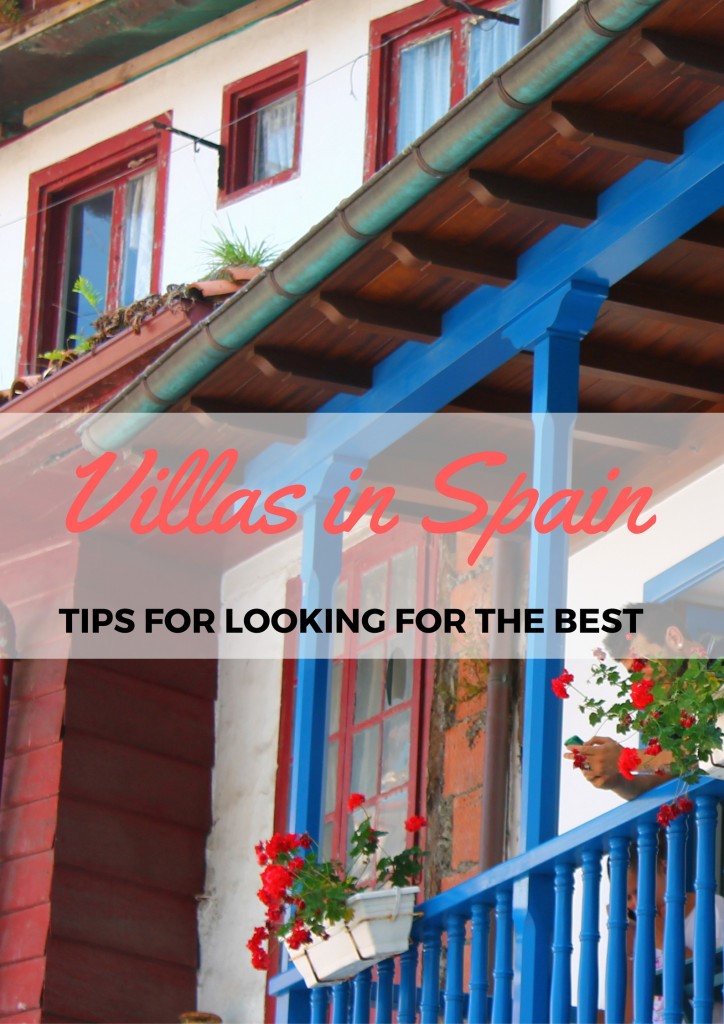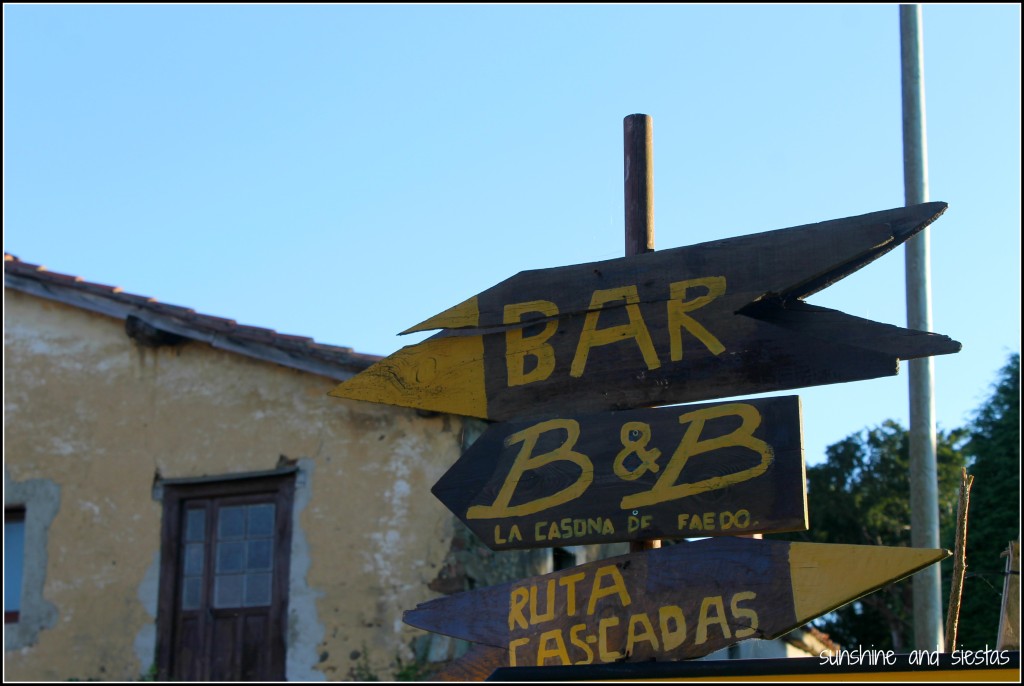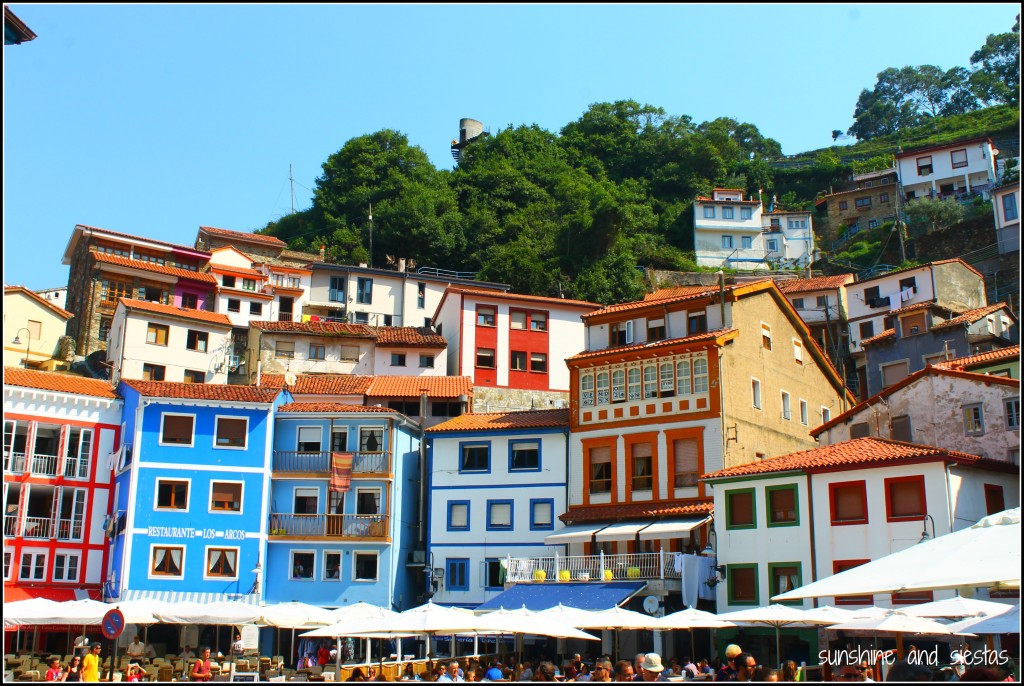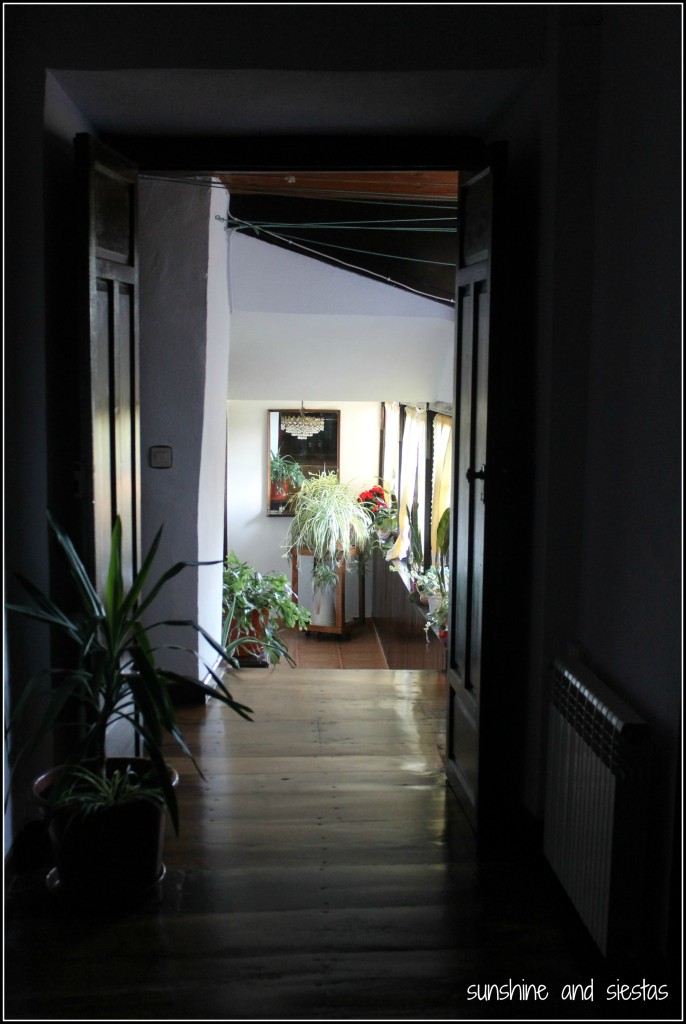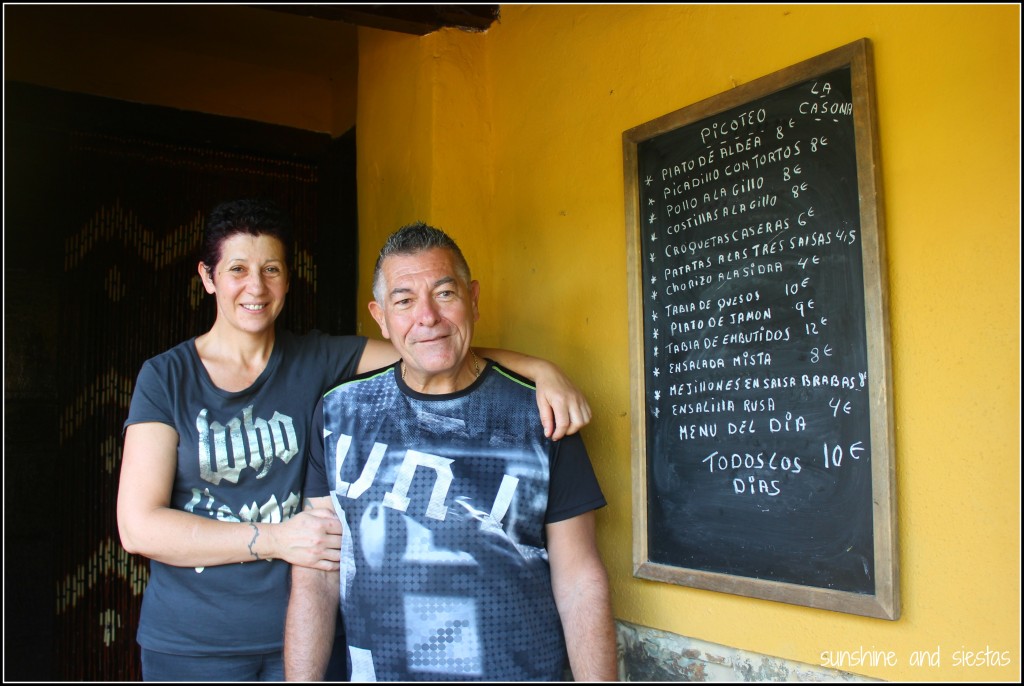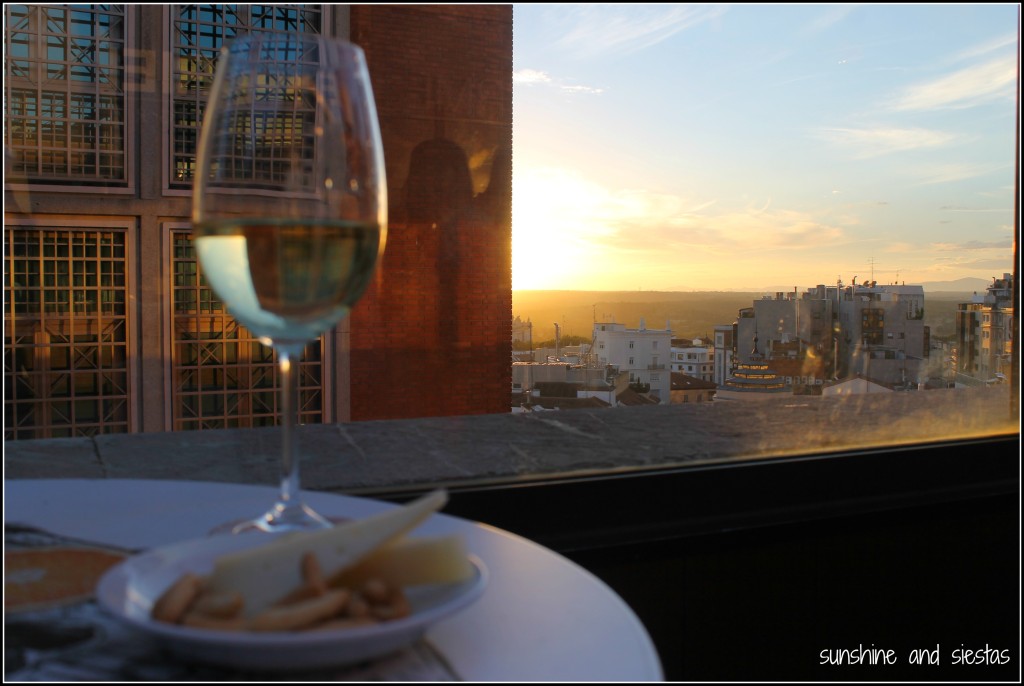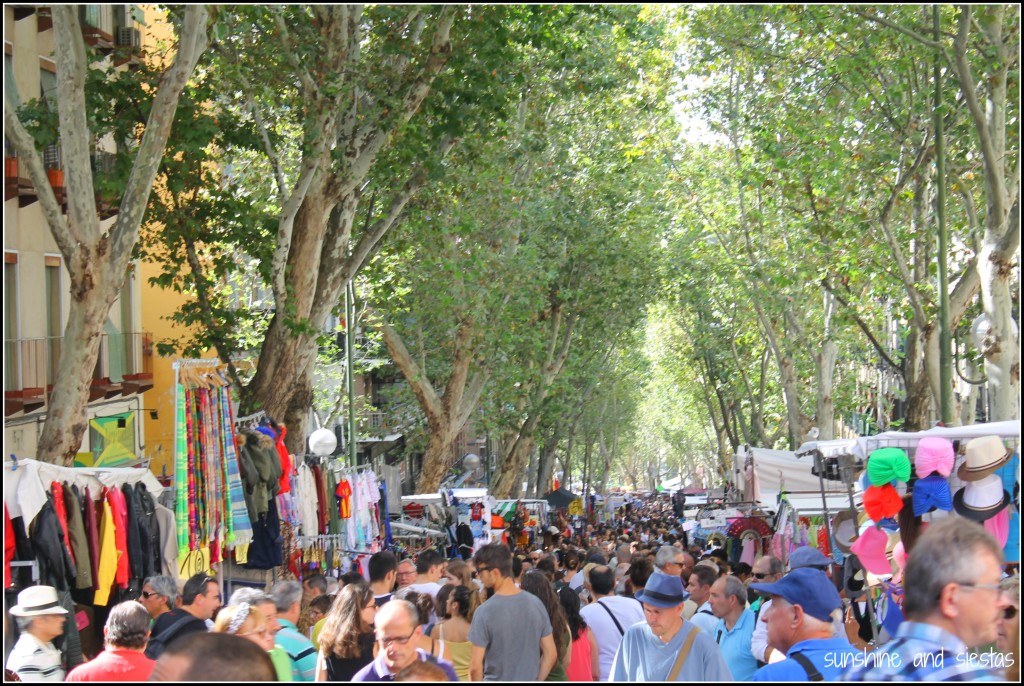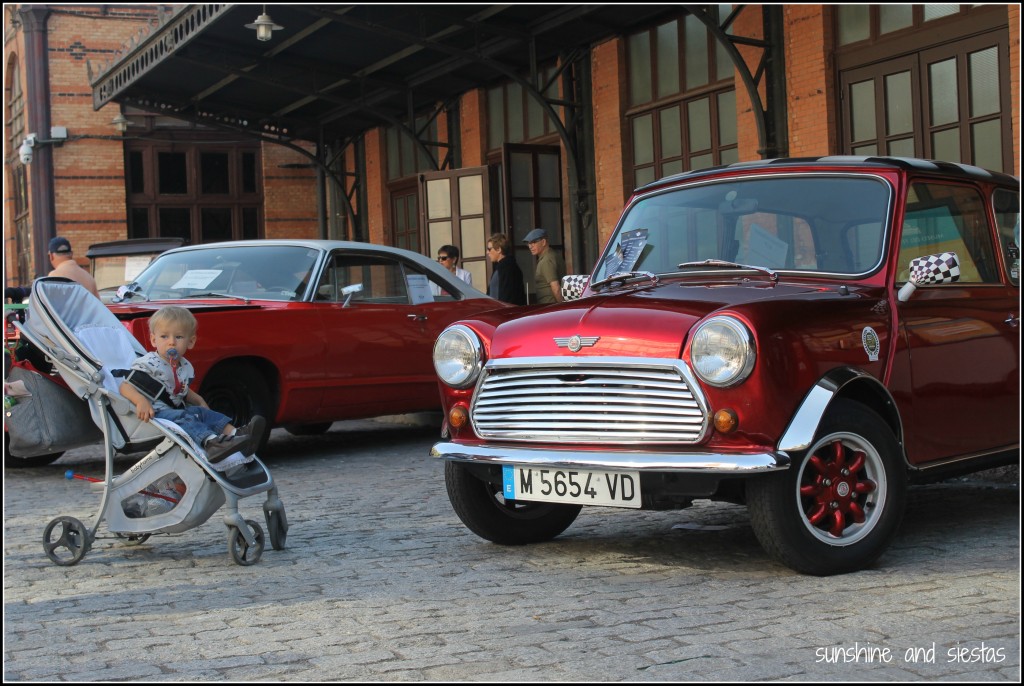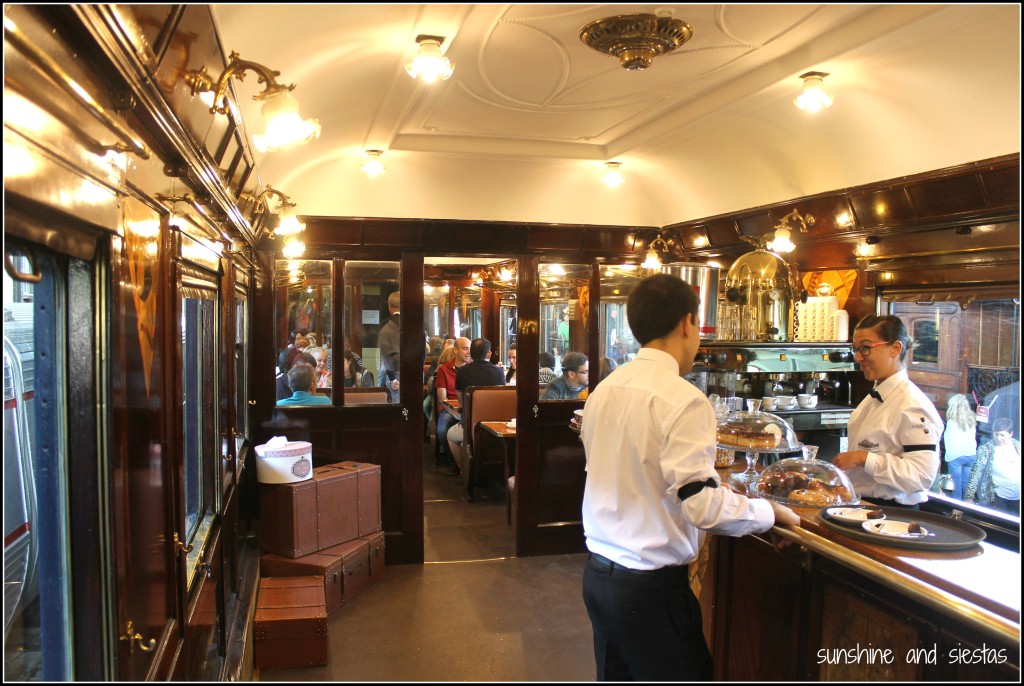Think of booking a villa in Spain and a lot of people will automatically start looking for availability in June, July or August. However, if you’re not following the crowds and would prefer to grab your Spanish sunshine in the fall, here are a few things to consider when you start browsing the Spanish villas for your break in the leafy season.
Think about heading south
The south of Spain tends to be a little hotter than the north, even in the autumn when temperatures are cooling down after the scorching summer. This makes it a good time to book some days away in the Spanish villas on the Costa del Sol, which British expats are so fond of. During the fall, the Costa del Sol enjoys approximately seven hours of daylight, which is a little more than some of the regions of the country.
One of the good things about the fall is that the crowds have started to clear away, so if you’re staying in the Costa del Sol you can visit attractions like the caves of Nerja without having to queue for as long.

Image by Psicobyte, used under Creative Commons license 2.0
Consider the scenery
The Costa Blanca may see its fair share of tourism and cater for that, but it also has some quaint towns and villages for those who want to explore as well as sit out in the sun. These include the fishing villages of Jávea, which has a gorgeously sandy beach, and Altea, which is a curious blend of traditional and cosmopolitan with houses that are whitewashed, streets that are winding and cobbled, but shops that are designer and therefore for more expensive tastes.
While in the Costa Blanca, you can visit the Girona river in the Orba Valley or head to Dènia and visit the castle. The temperature in the Costa Blanca during the fall is pleasant at a warm yet still mild 23°C. There are normally about six hours of daylight.

Image by schermpeter42, used under Creative Commons licence 2.0
Gauge opportunities to travel
When choosing your location, you might want to think about opportunities to travel a little further afield. For instance, if you decide to stay mainland you could book a villa in Portugal somewhere near the Spanish border, then cross the border and do a day trip in Spain. Alternatively, you can stay at a villa on an island and hop on a ferry over to a nearby island and do some exploring.
Flexibility is often the key in travel to getting the most out of your experiences. If you’re feeling a little undecided about when and where you can book a villa, why not consult the Villa Plus website and see how they can help you. They offer accommodation in Spain, Portugal and other popular destinations.
And remember: you don’t always have to hit Spain in the summer to get the most out of your Spanish villa. The fall is a fantastic time to visit. In fact, what better time (and excuse!) is there than a milder season to dip some churros in chocolate!
Where are you traveling this autumn?
